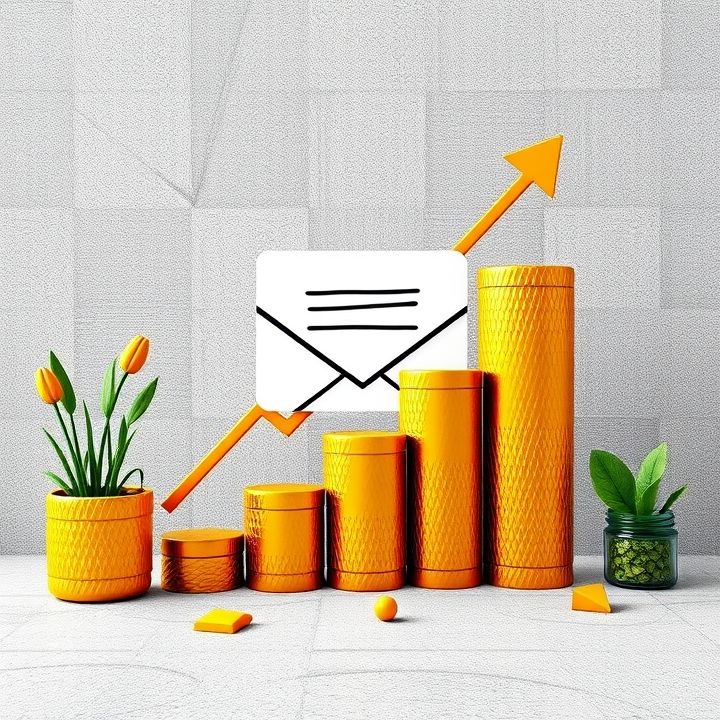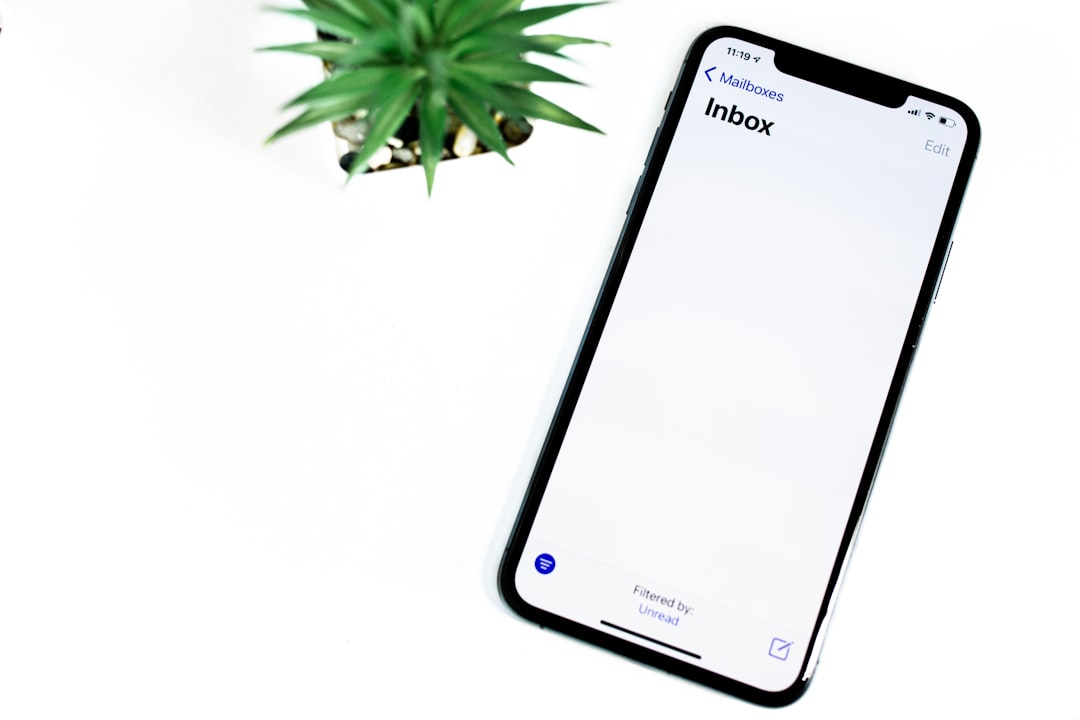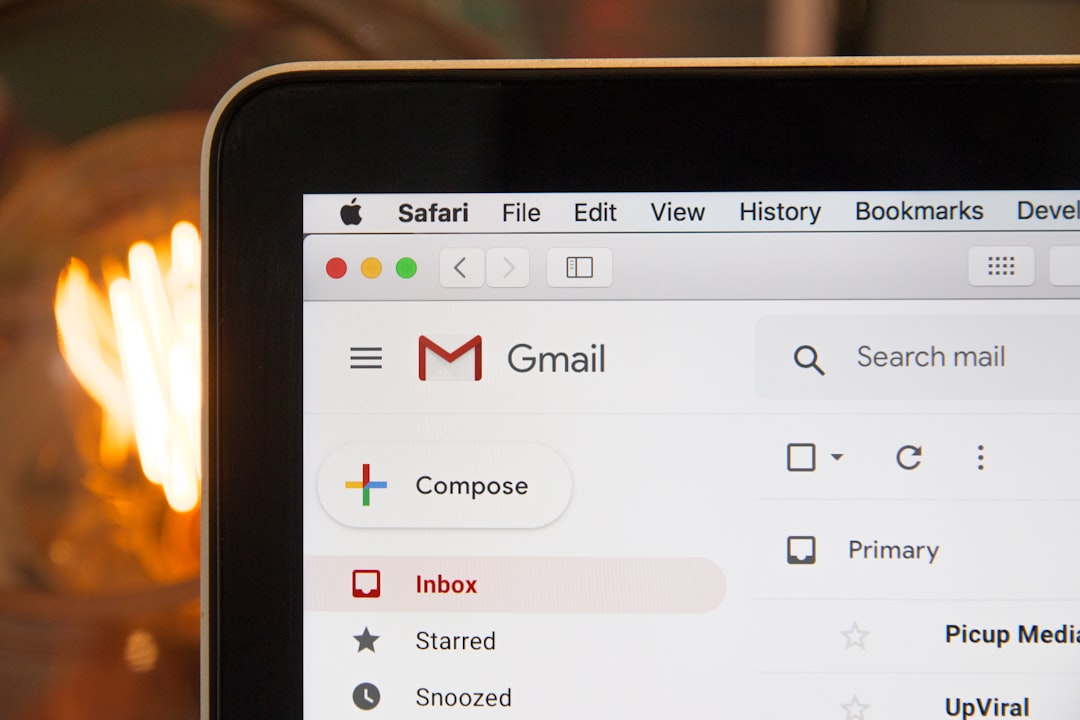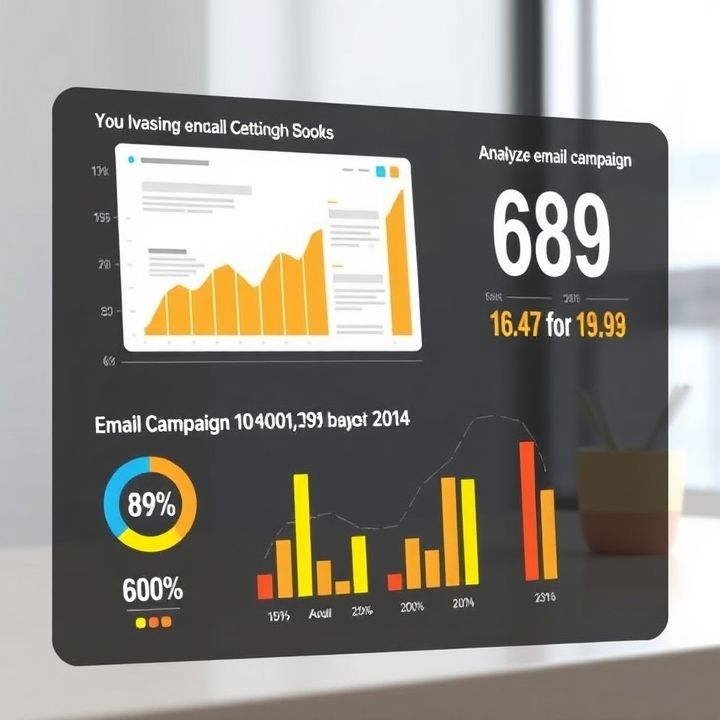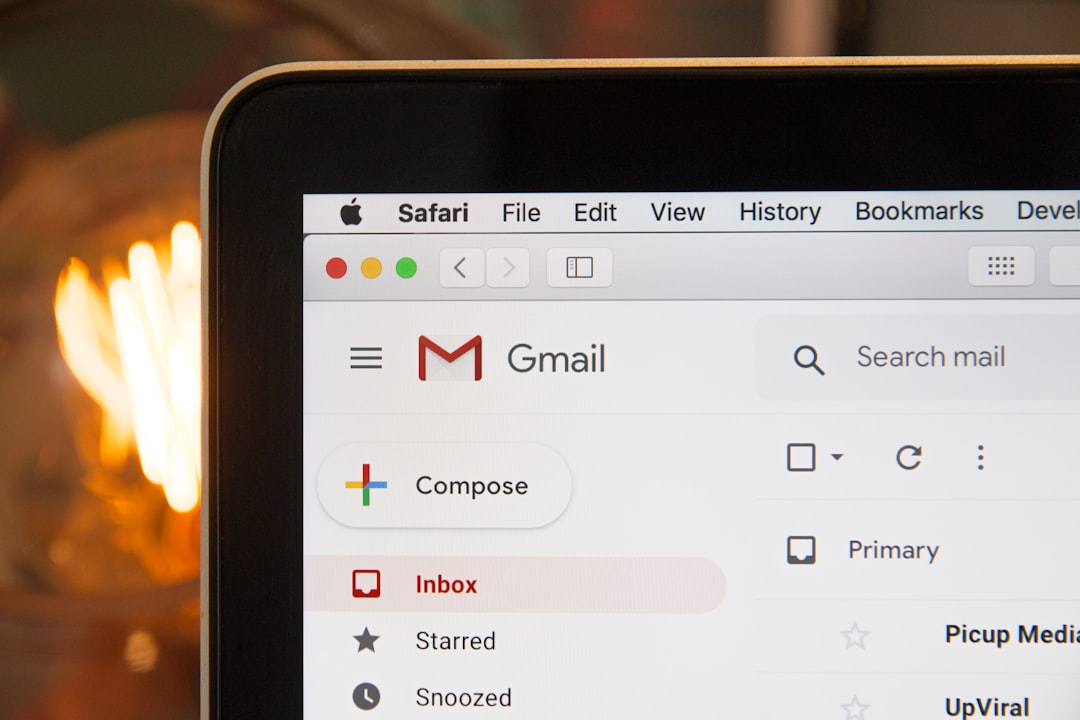Table of Contents
- Introduction
- Segmenting your audience for tailored content
- Utilizing behavioral data for dynamic email content
- Incorporating user preferences into email design
- Implementing personalized product recommendations
- Timing your emails based on recipient activity
- Leveraging location data for relevant offers
- Testing and optimizing personalized email strategies
- Employing artificial intelligence for predictive personalization
- Conclusion
- Frequently Asked Questions
Introduction
In a digital landscape overflowing with automated messages, capturing the true essence of personalization in your email campaigns can set you apart. If you’re still just popping names into placeholders, you’re barely scratching the surface of what personalization truly means. The evolution of email outreach has transformed it from simple greetings to an art form, where knowing your audience on a deeper level is key to engagement.
To illustrate the burgeoning possibilities beyond basic personalization techniques, consider this:
| Traditional Personalization | Advanced Personalization |
|---|---|
| Using First Names | Behavior-Based Targeting |
| Static Email Content | Dynamic Content Customization |
| Generic Offers | Personalized Recommendations |
This article dives into cutting-edge strategies that redefine how emails are curated, focusing on audience-specific insights and strategically tailored content that resonates with individual needs. Stay with us as we unlock the secrets that could transform your outreach and make your emails not just another message in the inbox, but a memorable connection.
Segmenting your audience for tailored content
Segmenting your audience for tailored content is a vital strategy in email personalization that goes beyond simply addressing the recipient by name. This approach involves dividing your audience into distinct groups based on specific criteria such as demographics, buying behavior, or engagement levels. By doing so, you can deliver more relevant and compelling content to each segment, ultimately improving your email marketing effectiveness.
To begin segmenting your audience, it’s essential to collect and analyze data that provides insights into their interests and needs. This data can be gathered through various channels like website analytics, past purchase history, or email interaction rates. Once you have a clear understanding of your audience, you can create targeted email campaigns that resonate with each group. For instance, new subscribers might receive welcome emails with introductory offers, while loyal customers could be rewarded with exclusive promotions.
Moreover, segmentation allows you to personalize not just the content but also the timing and frequency of your emails. Tailoring these elements to match each segment’s preferences can result in higher open rates, increased engagement, and ultimately, better conversion rates. By continuously refining your audience segments and their corresponding strategies, you ensure your email marketing remains effective and responsive to evolving customer needs.
Utilizing behavioral data for dynamic email content
Utilizing behavioral data for dynamic email content is a powerful way to enhance personalization and engagement. Rather than relying solely on static information like the recipient’s name, behavioral data provides insights into how a user interacts with your website or app. For example, by tracking browsing history, purchase patterns, and content consumption, marketers can segment audiences and tailor email content to align with individual preferences and behaviors.
This approach allows for the creation of highly targeted email campaigns that resonate with recipients’ current needs and interests. If a user frequently views travel articles, they might appreciate receiving emails about travel packages or deals. Similarly, if someone adds items to their shopping cart but doesn’t complete the purchase, a reminder with an incentive can be sent to encourage conversion.
Behavioral data-driven content not only helps in improving open and click-through rates but also fosters a deeper connection with the audience by delivering value and relevance. Implementing this strategy requires advanced analytics tools that can track and analyze user data in real-time, allowing for timely and contextually appropriate email content.
Incorporating user preferences into email design
Incorporating user preferences into email design is a key strategy for enhancing engagement and boosting conversion rates. By understanding and utilizing users’ unique preferences, businesses can craft emails that resonate more deeply and personally with recipients. This can start with the content itself, ensuring that the topics and offers presented align closely with the user’s interests or past behaviors. Analyzing data like past purchases, browsing history, and interaction with previous emails provides valuable insights into these preferences.
In addition to content, consider the timing and frequency of emails, which can be customized based on user behavior. Some recipients might prefer regular updates, while others may only want to hear about special offers. Visual elements should also reflect user preferences, such as including images or graphical content that appeal to specific interests. Personalization can extend to the call-to-action by suggesting products or services that are particularly relevant to the user.
Finally, leveraging advanced techniques such as dynamic content blocks allows for personalizing elements of the email in real time as the user opens it. This level of personalization not only makes the email more relevant but also fosters a stronger connection between the brand and the user, potentially leading to increased loyalty and sales.
Implementing personalized product recommendations
Implementing personalized product recommendations is a powerful strategy that goes beyond merely addressing customers by their first name. It involves understanding the preferences and behaviors of your customers to offer relevant suggestions that truly resonate with their needs and interests. Start by gathering data on past purchases, browsing history, and even the time spent on certain product pages. This information can be analyzed to uncover patterns and preferences, enabling you to tailor your recommendations effectively.
Next, consider integrating artificial intelligence and machine learning algorithms that can automate this process, providing dynamic suggestions based on real-time data. Personalization software can analyze a customer’s interactions in real-time, allowing you to suggest products they are most likely to buy. These smart systems help improve accuracy and efficiency, ensuring that recommendations are both timely and relevant.
Moreover, segmentation is key. By dividing your customer base into smaller, more specific groups based on demographics, buying behaviors, or engagement levels, you can deliver more targeted recommendations. For instance, a fashion retailer can send different suggestions to a customer interested in casual wear versus one who prefers formal attire. This level of personalization not only enhances customer satisfaction but also boosts conversion rates, building long-term loyalty.
Timing your emails based on recipient activity
Timing your emails based on recipient activity is a sophisticated approach to email personalization that goes beyond merely addressing the recipient by name. By closely monitoring recipient behavior, such as when they open previous emails or engage with your website, you can strategically send emails at optimal times. This data-driven tactic significantly boosts the chances of your email being opened and read. Each individual has unique patterns, and leveraging analytics tools to track these patterns allows you to tailor your communication more effectively. For instance, if a customer frequently opens emails in the evening, scheduling your email to arrive at that time increases the likelihood of engagement.
Moreover, tracking activity can also extend to understanding recipient preferences, such as their interaction with specific types of content or products. By aligning your email content with these preferences and sending them at times when recipients are most active, you’re not only enhancing personalization but also creating a more resonant connection with your audience. This strategy can lead to higher conversion rates, as recipients perceive your communication as more relevant and timely. Ultimately, the art of timing emails based on recipient activity transforms your marketing efforts into a dynamic conversation, fostering a deeper relationship with your audience.
Leveraging location data for relevant offers
Leveraging location data to craft personalized email offers is an effective strategy for enhancing customer engagement. By understanding the geographical location of your recipients, you can customize your messaging and offers to better align with their local context. For instance, a retailer can tailor promotions based on seasonal weather variations or local events, ensuring that the content is timely and relevant. If your recipient is in a region experiencing winter, offering discounts on winter gear can drive conversions.
Moreover, location data allows companies to highlight nearby store locations or events, encouraging on-site visits. For example, if recipients are near a physical store, including a notification about in-store events or exclusive local promotions can motivate them to visit in person. This strategy not only increases foot traffic but also deepens the customer relationship by offering a seamless online-to-offline experience.
Additionally, using location information enhances the segmentation process, enabling businesses to create targeted email campaigns. By segmenting audiences based on their location, marketers can refine their marketing language and visuals to resonate more effectively with local cultural nuances and preferences, thereby increasing the overall effectiveness and ROI of their email marketing efforts.
Testing and optimizing personalized email strategies
Testing and optimizing personalized email strategies is crucial for achieving higher engagement rates and fostering stronger relationships with recipients. To begin, establish a clear objective for your personalization efforts, such as improving open rates, click-through rates, or conversion rates.
Once your goals are set, implement A/B testing to compare different elements of your email campaigns. Test variations of subject lines, content length, send times, and personalized recommendations based on the recipient’s past interactions. It’s essential to only change one element at a time to accurately determine what drives the change in response.
Consider segmenting your audience based on demographics, purchase behavior, or engagement history. This allows for more detailed insights and helps tailor messaging that resonates with different groups. Regularly analyze the performance data of each segment to refine your approach continuously.
Moreover, incorporating machine learning and data analytics tools can lead to more advanced personalization by predicting user behavior and preferences. Always ensure compliance with privacy regulations and obtain clear consent when gathering personal data.
Ultimately, the key to successful email personalization lies in continuous testing, analysis, and adaptation to each recipient’s evolving needs and preferences.
Employing artificial intelligence for predictive personalization
In the ever-evolving landscape of email marketing, employing artificial intelligence (AI) for predictive personalization has become a game-changer. AI tools analyze vast amounts of data to anticipate user preferences and tailor content accordingly. By examining past behaviors, AI can predict future actions, allowing marketers to send emails that are more likely to engage recipients.
One of the key benefits of AI-driven personalization is its ability to segment audiences more precisely. Beyond basic demographics, AI can identify nuanced behaviors and interests, ensuring that each recipient gets an email reflective of their unique journey. For instance, if a user frequently browses a website’s electronics section, AI can prioritize related products and offers in subsequent emails.
Moreover, AI continuously learns and adapts, enhancing its predictive capabilities over time. This ensures that email content remains relevant and engaging. Additionally, AI can optimize send times, ensuring emails reach recipients when they are most likely to engage. This level of personalization goes far beyond just using a recipient’s name; it shapes the entire content strategy to resonate with each individual personally.
Conclusion
Email personalization has revolutionized the way we engage with audiences, shifting the focus from generic communication to a more targeted and meaningful interaction. By segmenting audiences, utilizing behavioral insights, and incorporating user preferences into email design, marketers can deliver content that resonates deeply with recipients. Personalized product recommendations and timing emails based on recipient activity further enhance this dynamic approach. Moreover, leveraging location data ensures offers are relevant, while the use of AI for predictive personalization refines the strategy even further.
As we delve deeper into the capabilities of data-driven personalization, testing and optimizing email strategies become pivotal in refining our approach to meet evolving customer needs. By embedding personalization across all elements of email marketing, we foster stronger relationships, improve engagement metrics, and ultimately drive more conversions. The key to successful email personalization lies not just in using recipients’ names but in creating a holistic, engaging experience that speaks to each individual’s unique journey and preferences.

